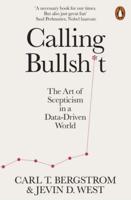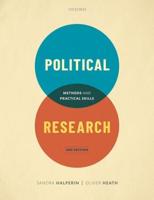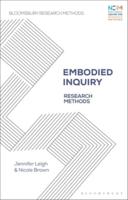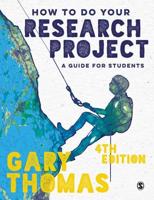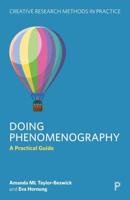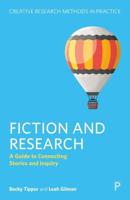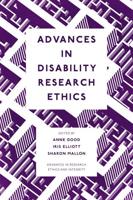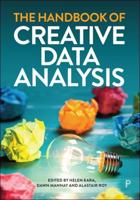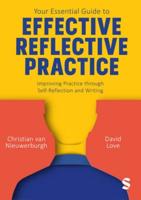Publisher's Synopsis
The history of critical thinking dates back to the first intelligent human species Homo Sapiens (Intelligent Human), known as our ancestors that appeared approximately 170 thousand years ago. Homo Sapiens are considered the first known human species to exhibit intellectual thought. Scientifically, critical thinking (and questioning) was first utilized as a skill or art by Socrates about 2,500 years ago. Socrates described himself as a gadfly that questioned everything. Despite claiming to know nothing, philosophers recognize him as the initiator of the method of inquiry. This method was further developed by his student Plato and Plato's student Aristotle. However, except for Aquinas' works, this method was largely forgotten during the Middle Ages.
With the scientific advancements of the Renaissance, critical thinking re-emerged, shaped into its modern form through the contributions of thinkers such as Bacon, Descartes, Machiavelli, Hobbes, Erasmus, Moore, Boyle, and Newton.This book synthesizes observations and research findings I have gathered through my years as a teacher and academician. It is influenced by ideas generated in courses such as critical thinking, decision-making, problem-solving, and the philosophy of science. The primary goal is to guide individuals toward acquiring critical thinking-one of the essential 21st-century skills. According to the World Economic Forum's 2016 report, critical thinking, problem-solving, and creativity rank among the most important skills employees will need by 2020. Although written in plain language, this book is designed to assist researchers in the field. It explains foreign terms where necessary. The book is intended to be a valuable resource for those interested in critical thinking and for individuals striving to develop their critical thinking skills. Practical problems are presented using real-life or realistic examples to demonstrate how to tackle real-world challenges. While most examples are realistic, some may deviate from reality for explanatory purposes. Complex information and processes are also illustrated with visuals to aid understanding.
American students have been continuously performed poorly in many international exams such as PISA, PIRLS and TIMMS in recent years. For instance, in the most recent PISA assessment conducted by the OECD in 2022, the responses of students in our country to questions regarding critical thinking and problem-solving in science, math, and social studies resulted in low proficiency, ranking them 18th among the countries participating in the assessment. USA was ranked behind several developed countries across the world. These results highlight deficiencies in our education system in fostering critical thinking skills among students. This book aims to address this shortfall by serving as a valuable resource for both students and adults to improve critical thinking skills.

